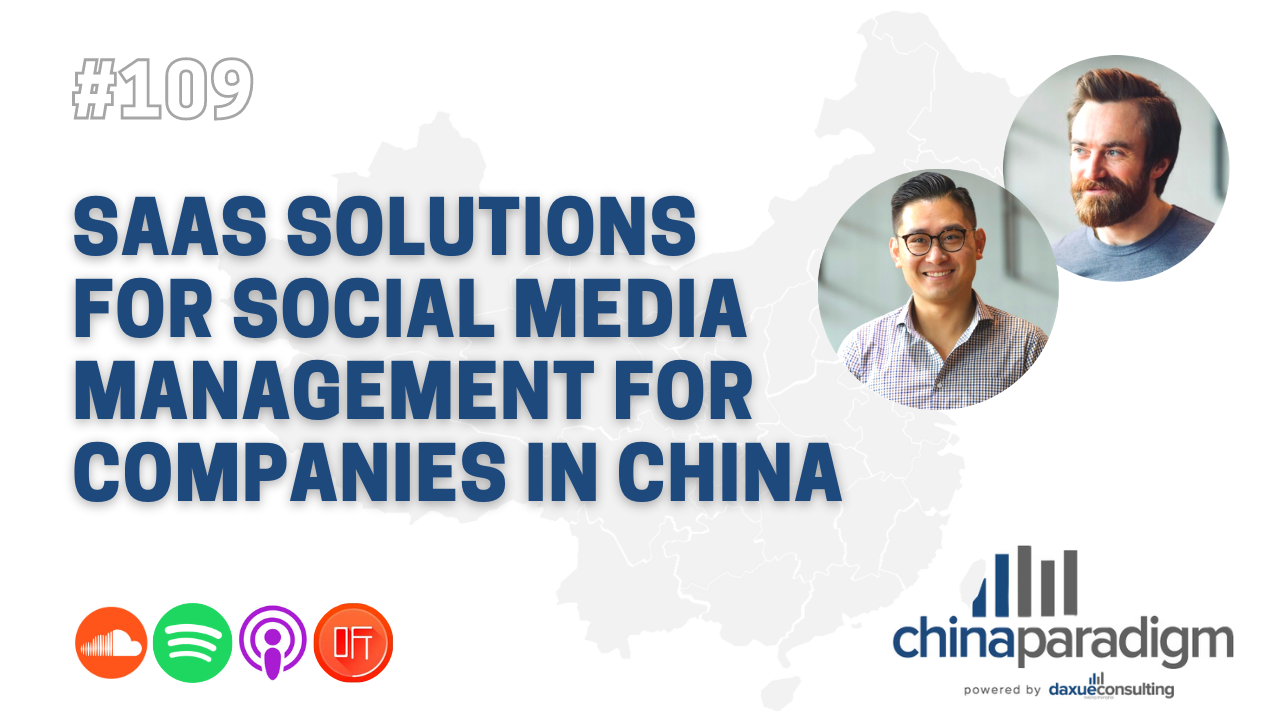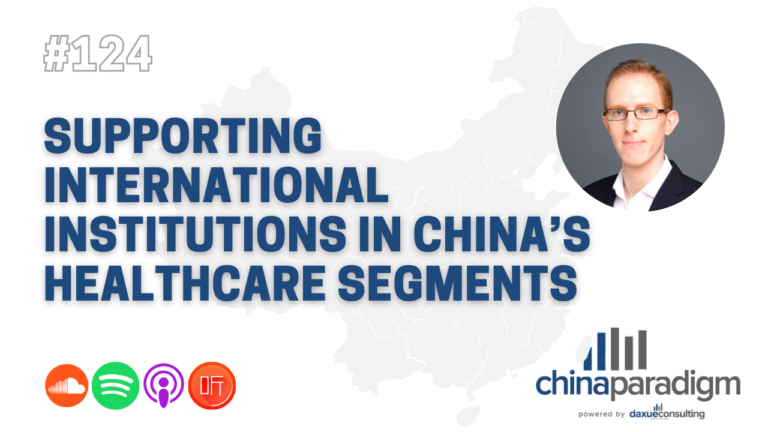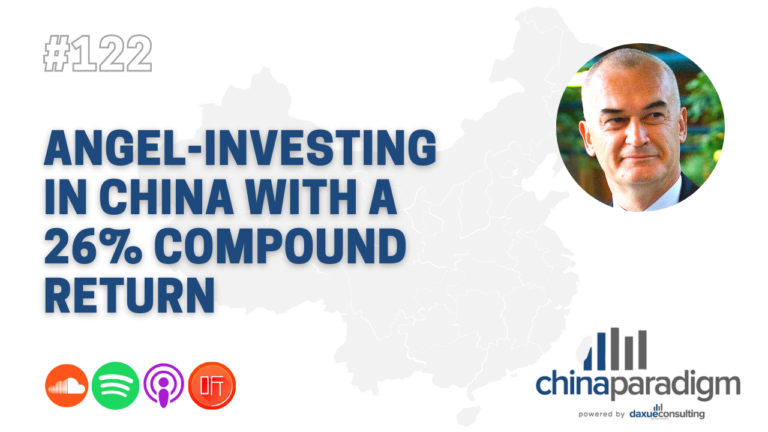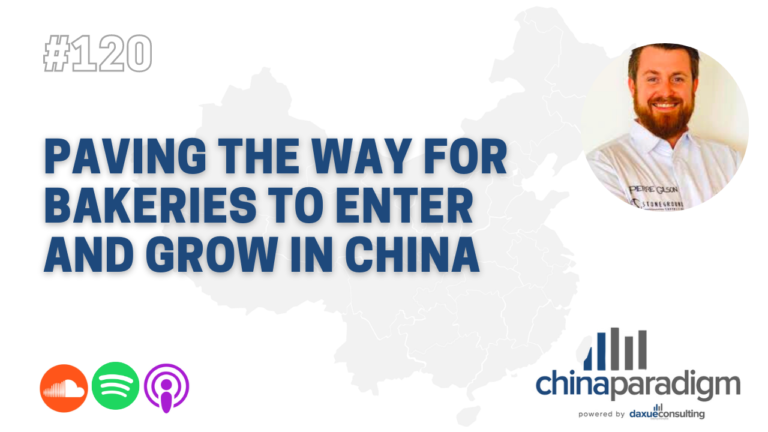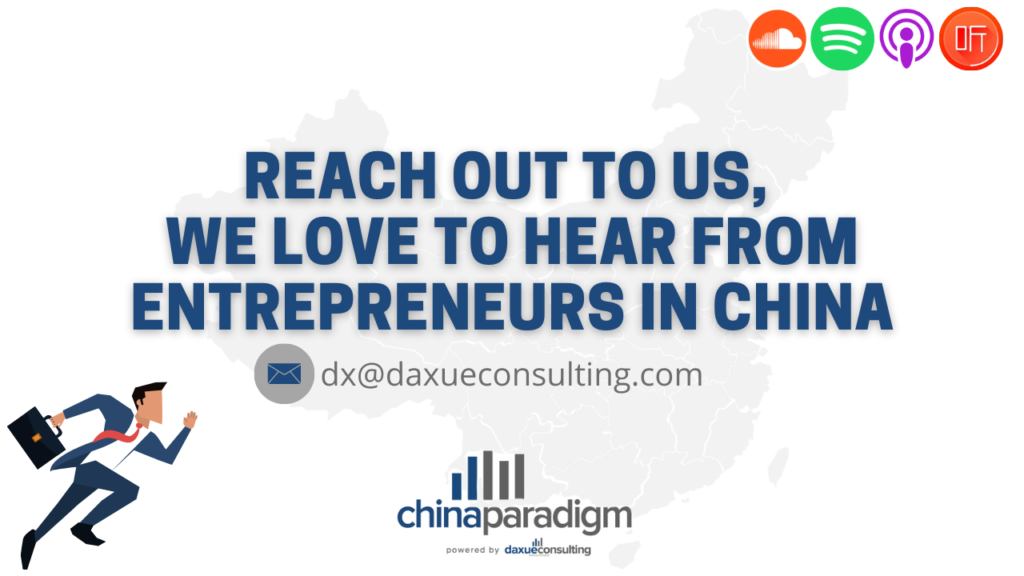In this episode, we talked to Alex Duncan and Alex Li who are co-founders of KAWO, an enterprise social media software (SaaS), to gain more knowledge about social media management for companies in China.
Listen to the full episode on Youtube, Apple Podcast, Spotify, Soundcloud, or Ximalaya.
Leveraging SaaS in Weibo, WeChat and Douyin marketing
Carried by their vision to become a SaaS company in China from the very beginning, KAWO started from a separate company and moved successfully from the side service of the mailman group to a standalone software. By understanding customers’ needs and non-stop updating, KAWO helps companies to localize their marketing content on social media platforms and provides social media management for companies in China (know more about how SaaS industry applied nudge marketing in China).
Weibo, WeChat and Douyin (find the guide to social media platforms in China) have proven themselves to be crucial channels for companies to reach their customers and build their brands. The necessity of companies’ social presence or even advertising on these platforms is proven by data. For example, according to 70 Weibo Statistics and facts, as of May 2020, Weibo has 550 million monthly active users (MAU) and 241 million daily users (DAU). There were 832,000 Weibo advertisers in 2016 and 70% of Chinese born post-1995 are willing to buy through social media channels. Countless businesses are investing in Weibo and WeChat advertisements to compete for customer’s attention. Therefore, KAWO believes that every brand needs to do social. They enable companies to be leaner, meaner, and more efficient.
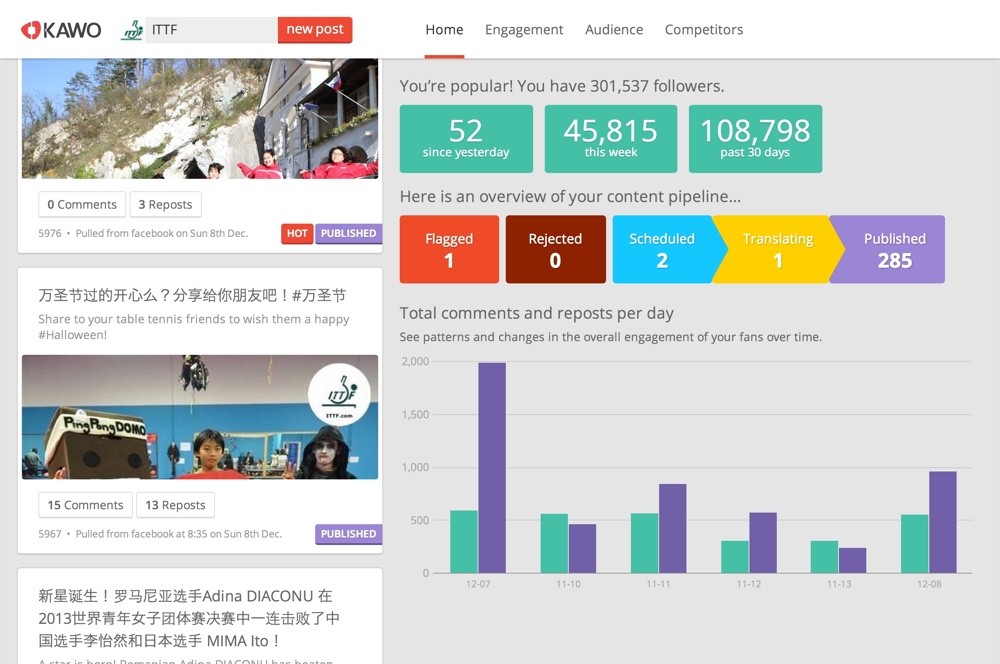
To achieve these objectives, KAWO offers three competitive solutions for Weibo, WeChat and Douyin marketing: managing multiple accounts, planning and reporting. Because most companies have several accounts on different platforms. KAWO’s system integrates accounts by connecting to APIs. Moreover, the invited users can track all accounts without passwords, ensuring safety and efficiency. KAWO also helps companies to have an effective and transparent planning process by building a live calendar. It allows clients to comment strategies and plans continuously. For the reporting, rather than provides useless reports, KAWO segments posts and gives suggestions based on content quality and performance. Therefore, companies can improve strategically in the future. Also, as a SaaS company providing social media management for companies in China, Alex Duncan shares the positive attitude held by Chinese people towards the Chinese economy after COVID-19:
“79% of Chinese consumers said they were optimistic about the recovery of the economy within the next 12 months compared to only 25% in Europe, so all of these brands are looking at this market and they’re [sic. luxury brands] going to really focus here”
Alex Duncan, Co-founder and Product Lead at KAWO
How to price SaaS in China?
Pricing SaaS in China is seen as one of the hardest problems by KAWO. They have tried different pricing models. Different from software companies who price based on seats, known as more users of the software. Higher the price, KAWO doesn’t follow this rule; they believe the pricing model is another way to convey companies’ philosophy. In KAWO’s case, it’s transparency and collaboration. Also, Alex Li mentioned a common misunderstanding about software pricing in China that software should be free as it is already built.
“However,” he said, “there are other costs needed to be considered, such as technology costs, development costs, training costs and sales costs.”
Alex Li, Head of Brand and Agency Partnerships at KAWO
Therefore, KAWO decides their prices according to the costs and adjust their prices constantly. For example, when they charge for the community management function, KAWO may adapt the pricing model according to the number of comments: an account which has 1000 comments are charged higher than the one only has 10 comments. In this way, the price may become more personalised and reasonable.
The adjustment of the pricing model brings another challenge for SaaS in China: How to change the price for existing clients. Alex Li proposed one of their solutions which mixes the old plan with new functions. KAWO will give a separate price for new functions and allow old customers to pay for these independently. Finally, existing customers can gradually move to a new pricing plan.
Alex Duncan think now is the time for SaaS industry in China:
“Business model for SaaS only becomes viable when GDP per capital passes 10,000$. Now, do you know when GDP per capital passed 10,000$ in China? In December 2019.”
Alex Li, Head of Brand and Agency Partnerships at KAWO
Interestingly, this is also the year when KAWO became profitable. It may be a coincidence, but companies in China are realizing the value of SaaS.
WeChat retention strategy: Quality vs Quantity?
86% of Weibo’s revenue comes from advertising, far beyond the percentage for WeChat, because WeChat’s vision is prioritizing user experience. It is difficult to go viral on WeChat. 41% of users follow WeChat accounts based on recommendations from friends. 76% of WeChat users follow less than 20 official accounts. However, devising a strategy for social media management for companies in China; it should be remembered that being one of these 20 accounts will require lots of a company’s effort and energy.

Alex Duncan observed that with social media management for companies in China sometimes irrelevant KPIs (key performance indicators) can have a negative impact on the WeChat channel’s promotion. All companies want to create high-quality content to attract the target audience; however, if their KPI is irrelevant to the goal, it can end up having the opposite effect on the target. For example, their agencies or marketing teams need to achieve a certain frequency of publications and unrelated KPI; in turn, nurtures crappy content. Companies need to realize that quantity does not equate to quality and high-quality content is the most important element for WeChat retention strategy.
“50% of content on the average WeChat account is worse than staying silent. It doesn’t make sense to post something unless it’s delivering value for your audience”
Alex Duncan, Co-founder and Product Lead at KAWO
Listen to the full episode on Youtube, Apple Podcast, Spotify, Soundcloud, or Ximalaya.
Learn something new? Stay updated on the Chinese market by following our WeChat, scan the QR code below, or subscribe to our newsletter


